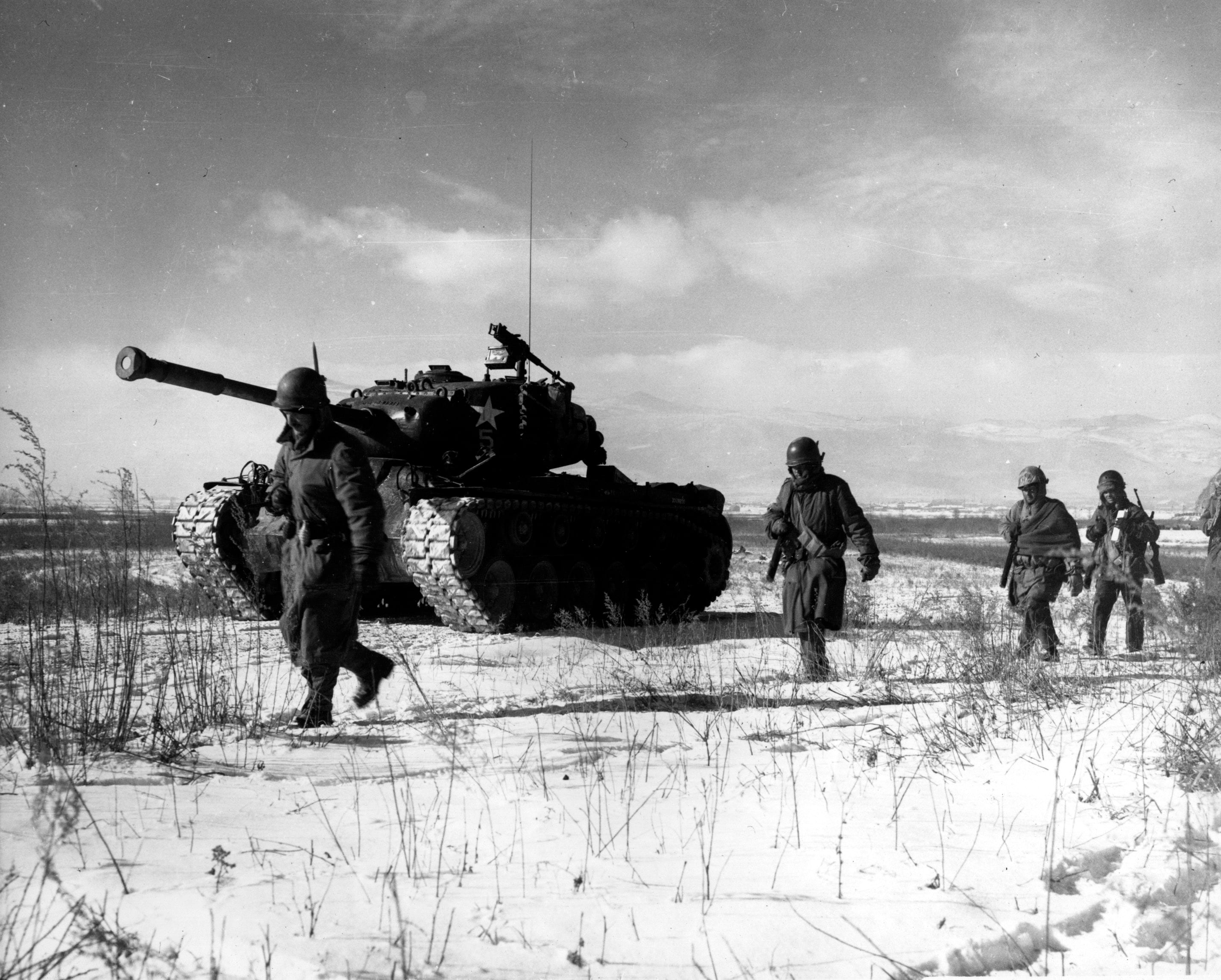june 25 marks the 70th anniversary of the Korean War — it is perhaps the conflict paid the least attention in contemporary history. As such, it is also known as the “Forgotten War” or the “Unknown War” to most, save those who fought in it. Because of this status, the details surrounding the war, why it took place and its aftermath, are presented more as a Cold War footnote in Western world history lessons.
Why war broke out in Korea
At the end of World War II, the United States and the Soviet Union liberated annexed Korea, then one country, from the Japanese. The U.S. and the Soviets then split the nation into two occupation zones: North and South, with the U.S. advising the south as it transitioned to a republic and the Soviets taking the north and installing communist leader Kim Il Sung, grandfather to current Supreme Leader Kim Jong Un. As the Cold War began, two sovereign countries were then effectively established in 1948 — the south as a republican state, and the north, communist. The border between the two was named the 38th parallel.
On June 25, 1950, North Korean forces, the Korean People’s Army, backed by China and the Soviet Union, crossed the 38th parallel into South Korea. Their plan was simple: unify the Korean Peninsula once more, but under the Kim’s rule. It would make Korea the first battleground of the Cold War.
As a result, the newly formed United Nations and its Security Council authorized the dispatch of forces to quell the conflict. It was a physical war fought about differing philosophies: Communism versus capitalism.
If the best minds in the world had set out to find us the worst possible location in the world to fight this damnable war, the unanimous choice would have been Korea,” then-Secretary of State Dean Acheson said.
Who fought?
Though the United States made up the bulk of the fighting force duringthe Korean War with nearly 5.3 million troops deployed worldwide by its end, more than 55 nations contributed to the South Korean cause with troops, supplies, or other forms of aid. Twenty-one countries participated militarily. The South Korean forces, which formed the Republic of Korea Army, were established in August 1948, with Syngman Rhee as president. By the end of the conflict, 30,000 ROKA were lost to the cause.
Over the course of the three-year war, more than three million troops North Korean, Chinese and Russian troops participated in what would become a gruesome border war.
“The toll of the war included about 1.2 million deaths in South Korea, 1 million deaths in North Korea, 36,500 deaths for U.S. troops and 600,000 deaths for Chinese soldiers,” CNN reported.
What happened
The border dispute, which erupted into a full-on war, though considered “forgotten” set the stage for some of the most famous, gruesome battles in modern military history. It was host to the Battle of Bloody Ridge, the Battle of Chosin Reservoir, and the Battle of Inchon.
The first, Bloody Ridge, in the midst of the war’s 1951 stalemate, lasted three weeks and produced 2,700 UN casualties, but 15,000 for the opposing side. The fight at the Chosin Reservoir, often referred to as the most harrowing of the Korean War’s battles, which redefined heroism as shown by U.S. Marines, battling frigid weather and fighting in the harshest terrain Korea had to offer. Inchon — a shining moment for U.S. General Douglas MacArthur, was the amphibious landing that “reversed the tide of the war, forcing the invading North Korean army to retreat in disorder up the Korean peninsula,” according to Encyclopaedia Britannica.
After three harsh years of fighting countless battles, with troops lost to countries all around the globe, a ceasefire was reached. On July 27, 1953, U.S. Army Lt. Gen. William K. Harrison, Jr. and North Korean Gen. Nam Il, signed 18 copies of the official Korean Armistice Agreement, in three languages.
The Armistice, however, was not a permanent peace treaty between the two nations.
Why it’s important today
While the Armistice ended all hostilities in Korea by armed forces, no peace treaty has ever been signed between the North and South Korean governments to re-establish relations. In essence, the war never ended. However, a demilitarized zone, DMZ, was created by adding 1.2 miles along each side of the 38th parralel, but both sides maintain strong military presence there.
The countries have intermittently experienced periods of conciliation and outright hostility over the last 70 years. Some family members remain trapped on opposing sides of the border.
As North Korea’s saber-rattling has ramped up surrounding its development of nuclear programs, there continues to be a strong U.S. military presence — reportedly 28,500 — in South Korea.
Since the outbreak of COVID-19, tensions are rising as “the international shutdown of goods and services has accomplished more decimation of the North Korean economy than any sanctions regime,” according to Alexis Dudden, professor of history at UConn. “The country that has done extremely well [with the pandemic] is South Korea. The obverse of that is North Korea says, we don’t have any cases. We know that not to be true because officials were executed at the beginning of the pandemic for not following protocol. I have no inside knowledge. Nobody does.”
As for the prospect of peace, it’s unlikely, she notes.
“Without a peace treaty to end the Korean War, there can be no tractionable change,” Dudden said. “I just have no idea whether there is the will to make this happen.”
Sarah Sicard is a Senior Editor with Military Times. She previously served as the Digitial Editor of Military Times and the Army Times Editor. Other work can be found at National Defense Magazine, Task & Purpose, and Defense News.




